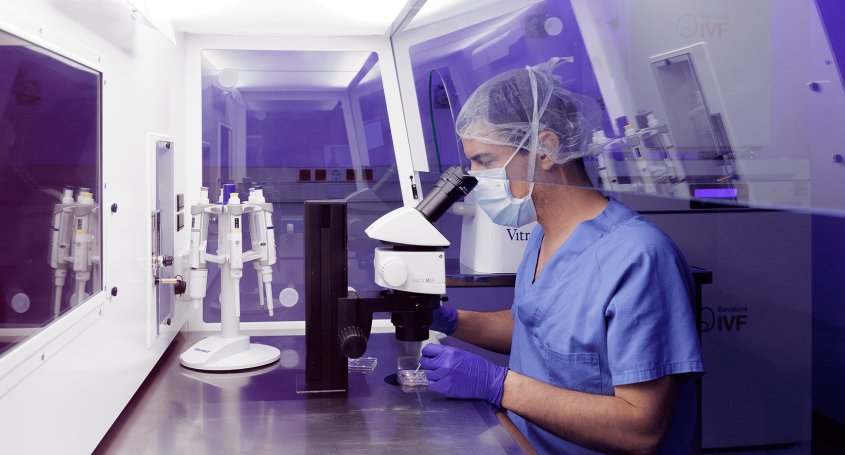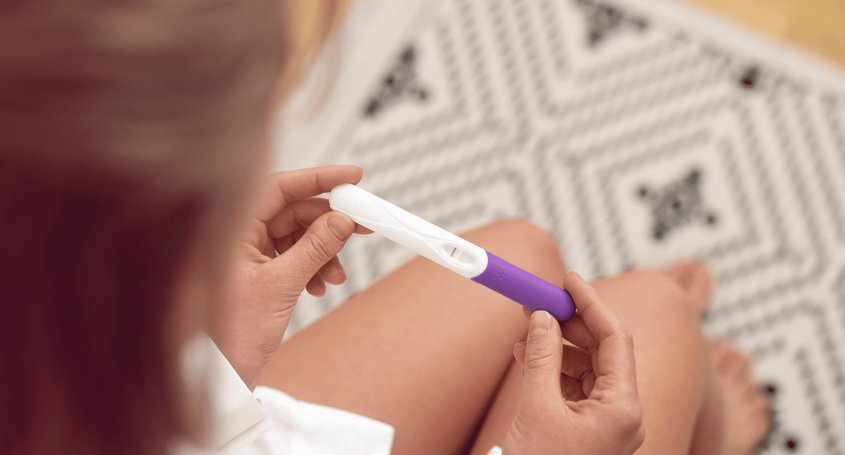There is an assisted reproduction technique that can ensure that our children are born free of hereditary diseases, such as cystic fibrosis, B-thalassaemia, muscular dystrophies, haemophilia and many others. This is preimplantation genetic diagnosis (PGD), an assisted reproduction technique used in IVF.
PGD, the solution
Suffering from or being a carrier of a hereditary disease often creates a really distressing situation when considering having children because of the risk that they may suffer from the disease. When one of the members of a couple is a carrier or suffers from a known hereditary disease, the possibility of carrying out the assisted reproduction technique Preimplantation Genetic Diagnosis (PGD) can be considered to avoid having a child with the disease.
What does PGD consist of?
In order to carry out PGD, it is first necessary to use in vitro fertilisation to generate enough embryos from the couple to analyse. The embryos must be left to evolve in the laboratory until they reach the blastocyst stage, day 5 of development, at which point a biopsy must be performed to obtain the cells necessary for analysis.
Preimplantational genetic diagnosis allows us to analyse the DNA of the biopsied cells to detect the genetic alteration we are looking for. In this way, we can discard the embryos that carry the alteration, keeping only the healthy ones to transfer to the mother's uterus and thus prevent the child from suffering from the disease.
Not all hereditary diseases can be avoided through preimplantation genetic diagnosis. For this, it is necessary that the genetic mutation that causes the disease can be located in the DNA strand. For this reason, before carrying out a treatment, a prior informativity study must be carried out, which will allow us to establish whether it is possible to locate the alteration. If it is possible, preimplantation genetic diagnosis will be the solution to avoid having a child with the disease.















